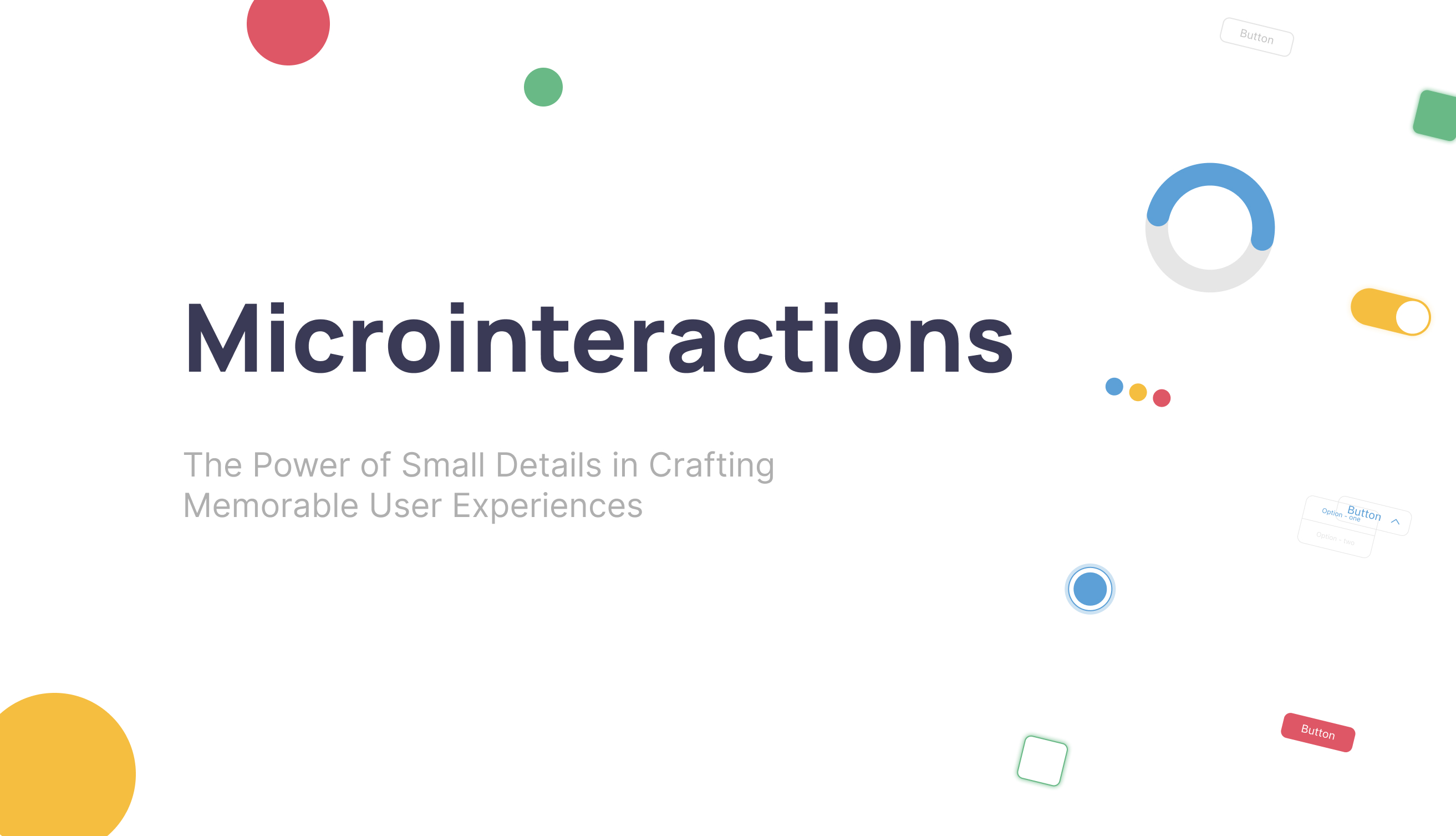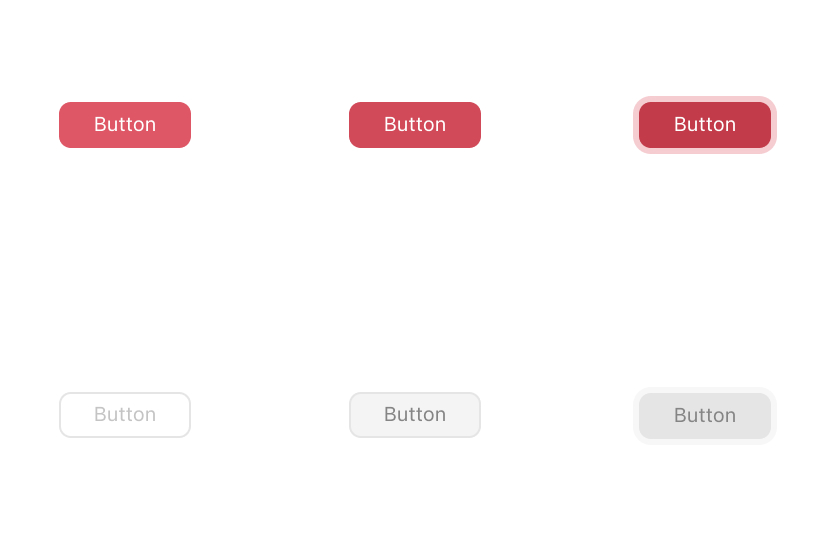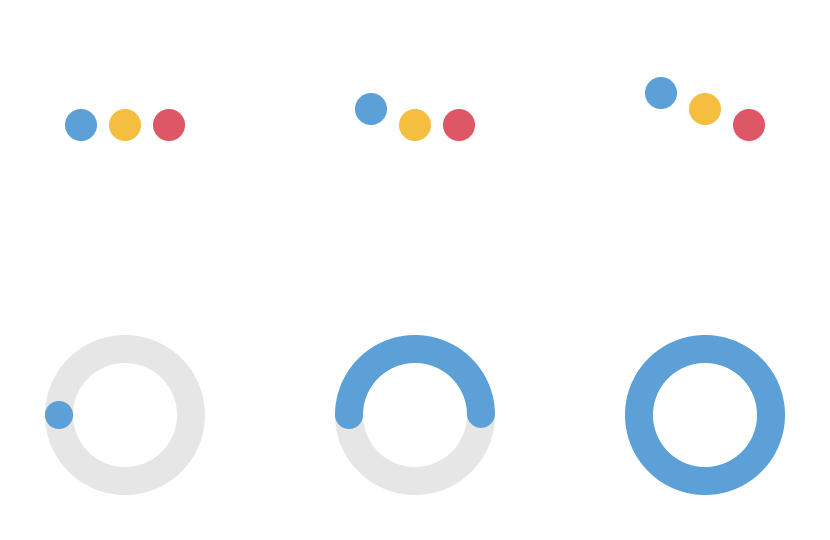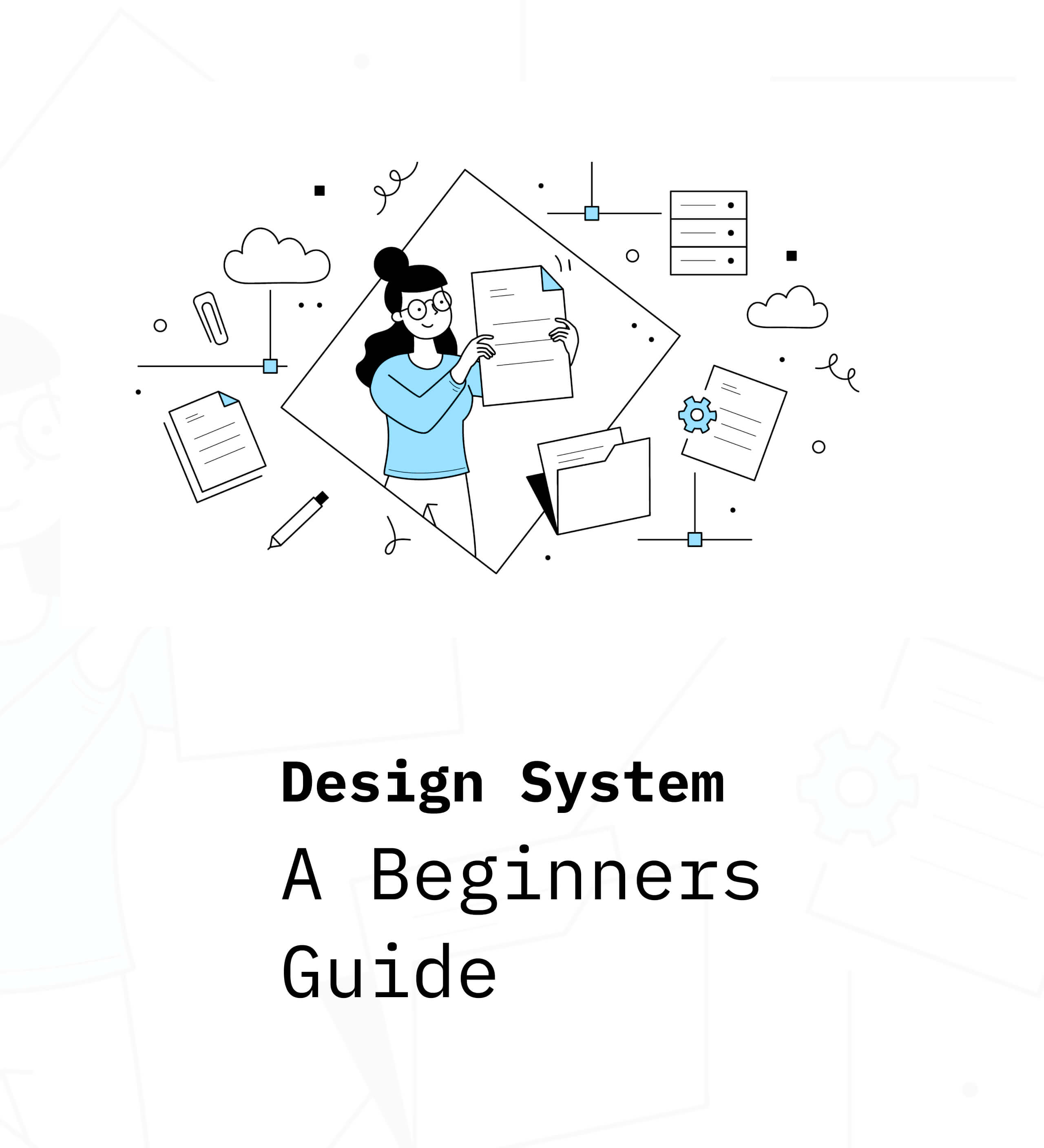5 Min read

Microinteractions may be small, but their impact on user experience is substantial. These subtle design elements can transform an ordinary interaction into an engaging and memorable experience. In this blog article, I will explore the role of microinteractions in product design, discuss examples of effective microinteractions, and share insights on designing and implementing successful microinteractions.
The role of microinteractions in product design
Microinteractions serve various purposes in product design, including:
-
Enhancing usability and functionality by providing immediate feedback and guiding user actions
-
Building user engagement through delightful, interactive experiences
-
Strengthening brand loyalty by creating a cohesive, polished product experience
Examples of effective microinteractions
Some common microinteractions that enhance user experience include:


-
Button animations and hover effects that communicate interactivity
-
Pull-to-refresh and swipe actions that provide an intuitive way to navigate and interact with content
-
Toggle switches and checkboxes that offer visual feedback for user selections
-
Input field animations and validation messages that guide users through form completion
Designing and implementing successful microinteractions
To create effective microinteractions, designers should:
-
Prioritize clarity and functionality, ensuring that microinteractions serve a meaningful purpose
-
Ensure consistency with the overall design language to create a cohesive user experience
-
Balance visual appeal with simplicity and usability, avoiding overly complex animations that may confuse or distract users
-
Test and iterate based on user feedback to fine-tune microinteractions for optimal performance
The importance of consistency and context
When designing microinteractions, it's crucial to consider consistency and context:
-
Align microinteractions with the product's purpose and user expectations to create a seamless experience
-
Adapt microinteractions for different devices and screen sizes, ensuring they function well in various contexts
-
Create a cohesive experience across all touchpoints, from onboarding to daily interactions
Embracing the Impact of Microinteractions
Microinteractions hold immense potential for elevating user experiences. By paying attention to these small yet impactful design elements, designers can create products that are not only functional but also delightful and memorable. As you explore the world of microinteractions, remember that the smallest details can make the most significant difference.



